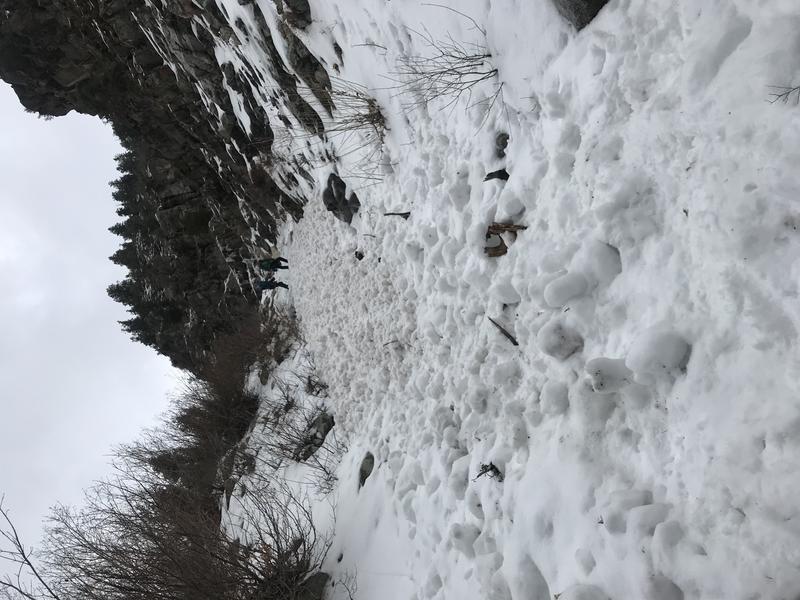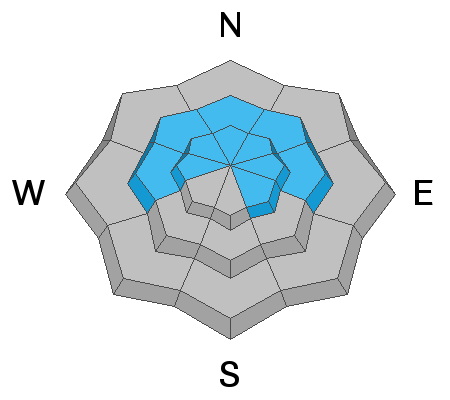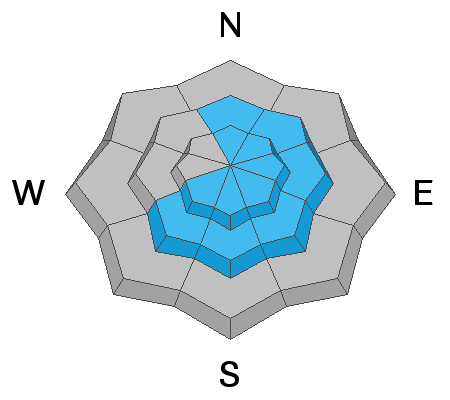Forecast for the Provo Area Mountains

Issued by Drew Hardesty on
Thursday morning, January 14, 2021
Thursday morning, January 14, 2021
Areas of CONSIDERABLE DANGER exist on many steep slopes at the mid and upper elevations. Tricky and stubborn hard wind drifts may surprise backcountry travelers on steep wind loaded terrain. You may still be able to trigger a larger avalanche into older buried weak layers 1-3' deep in west to north to easterly facing aspects at the mid and upper elevations. Cautious route-finding and conservative decision making is essential.
REMEMBER - IF YOU ARE GOING OUT OF BOUNDS AT A SKI AREA, YOU ARE STEPPING INTO CONSIDERABLE AVALANCHE DANGER.

Low
Moderate
Considerable
High
Extreme
Learn how to read the forecast here









